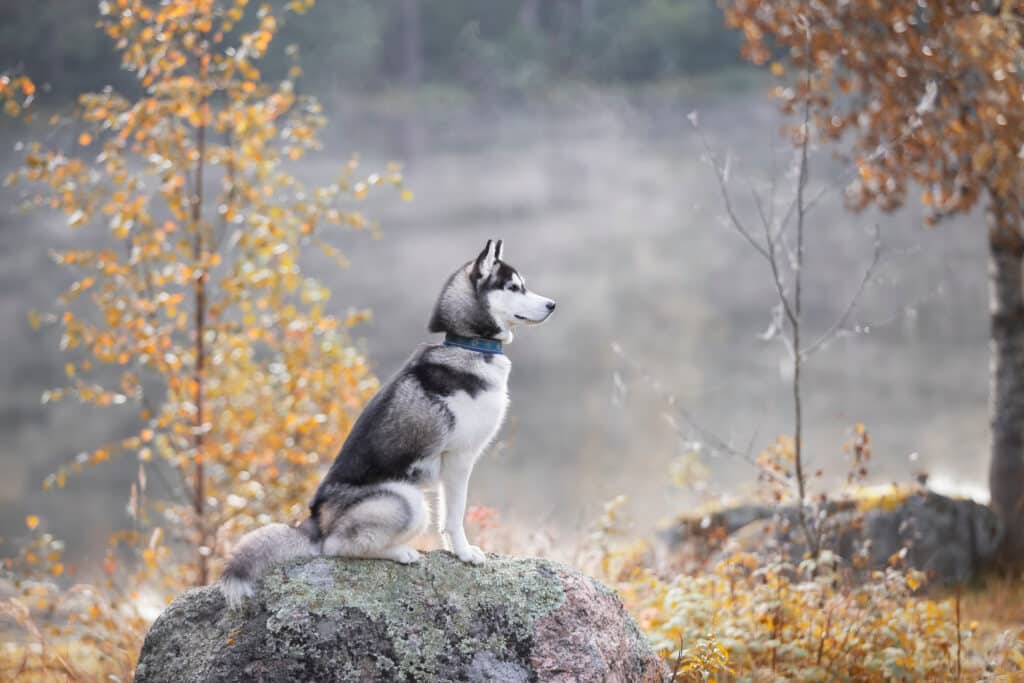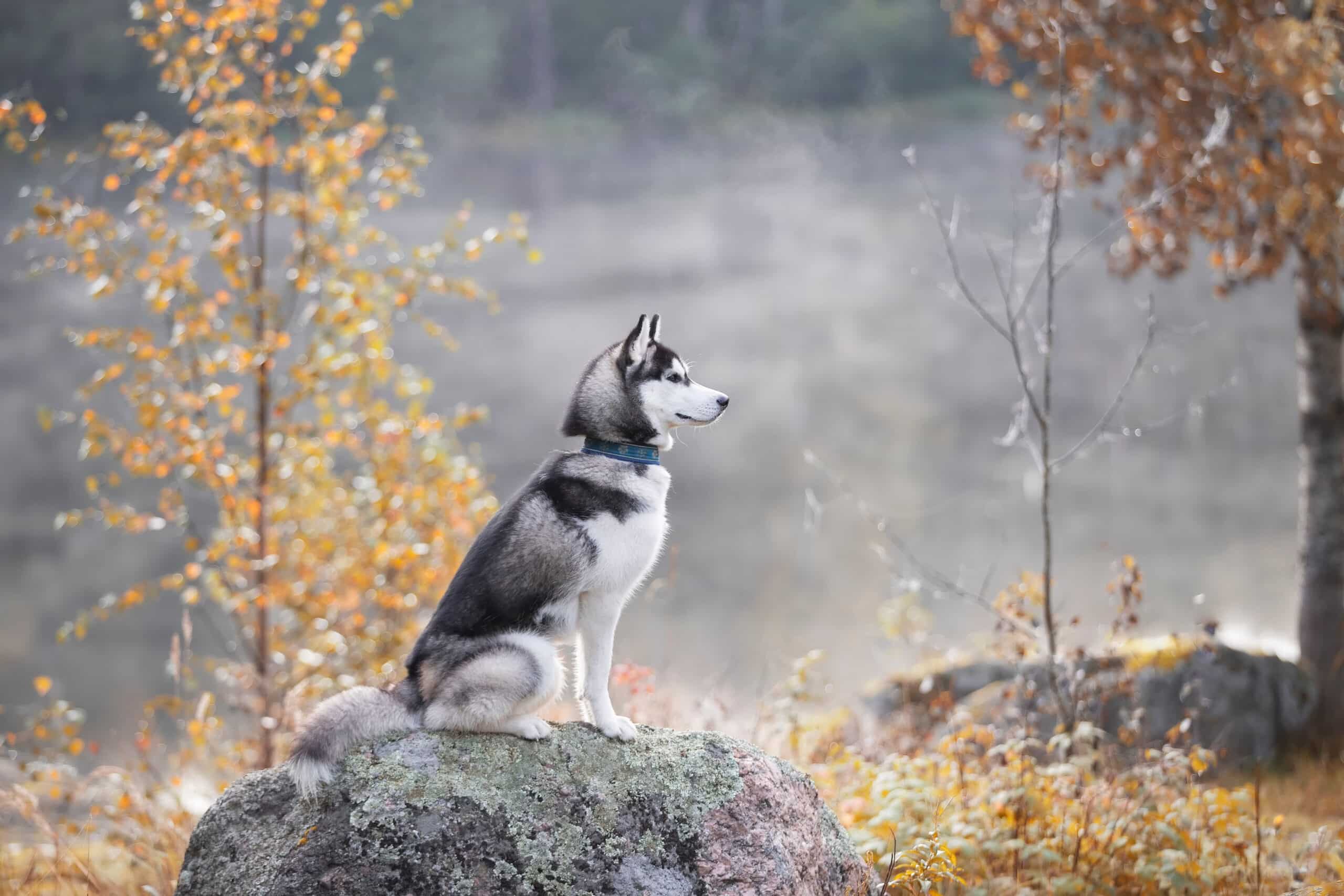Home » How to Train a Husky

Training a Husky, a breed known for its striking looks and spirited nature, can be both a rewarding and challenging endeavor. These intelligent and independent dogs require a firm but loving approach to bring out their best behaviors. In this comprehensive guide, we will cover the essentials of training a Husky, from understanding their unique traits to implementing effective training techniques.
Understanding the Husky Breed
Siberian Huskies were originally bred by the Chukchi people of Siberia as sled dogs. They were valued for their endurance, strength, and ability to work in harsh conditions. This history has given Huskies several distinctive traits:
- High Energy: Huskies have a lot of stamina and require substantial physical exercise.
- Intelligence: They are very intelligent, which can sometimes translate into stubbornness.
- Pack Mentality: Huskies thrive in a pack environment, requiring strong leadership from their owner.
- Prey Drive: Their natural instinct to chase smaller animals is strong.
Understanding these traits is crucial for effective training, as it allows you to tailor your methods to their specific needs and behaviors.
Establishing Leadership and Trust
Establishing yourself as the pack leader is essential when training a Husky. This doesn’t mean being harsh or domineering but rather setting clear boundaries and being consistent in your commands and actions.
- Consistency: Always use the same commands and rules. Consistency helps your Husky understand what is expected of them.
- Positive Reinforcement: Reward good behavior with treats, praise, or play. Positive reinforcement encourages your Husky to repeat desired behaviors.
- Clear Boundaries: Huskies need to know what behaviors are acceptable and which are not. Setting clear boundaries helps them understand their place in the pack.
Basic Training Commands
Teaching your Husky basic commands is the foundation of good behavior. Here are some essential commands to start with:
- Sit: Hold a treat above your Husky’s nose and slowly move it back over their head. As they follow the treat with their nose, their bottom will naturally lower into a sitting position. As soon as they sit, say “sit” and give them the treat.
- Stay: Once your Husky has mastered “sit,” you can teach “stay.” Start with your Husky in the sitting position, then hold your hand out, palm facing them, and say “stay.” Take a step back and, if they remain seated, return and reward them.
- Come: Use a leash to guide your Husky towards you while saying “come.” When they reach you, reward them with a treat and praise. Gradually increase the distance as they get better at the command.
- Leave It: Place a treat in front of your Husky and cover it with your hand. When they stop trying to get it and look at you, say “leave it” and reward them with a different treat.
Advanced Training Techniques
Once your Husky has mastered the basics, you can move on to more advanced training. This includes agility training, teaching tricks, and ensuring they are well-socialized.
- Agility Training: Huskies excel at agility courses due to their physical prowess. Set up an obstacle course in your backyard or take them to a professional agility training facility.
- Socialization: Expose your Husky to different people, animals, and environments from a young age. Proper socialization helps prevent behavioral issues and makes them well-rounded dogs.
- Leash Training: Due to their strong prey drive, Huskies can be prone to pulling on the leash. Use a no-pull harness and stop walking whenever they pull. Only continue when the leash is slack.
Addressing Common Behavioral Issues
Huskies can develop certain behavioral issues if not properly trained and exercised. Here are some common problems and how to address them:
- Chewing: Huskies, especially when young, may chew on furniture, shoes, or other items. Provide plenty of chew toys and supervise them to redirect their chewing to appropriate objects.
- Digging: As natural diggers, Huskies may dig up your yard. Create a designated digging area where they are allowed to dig, and redirect them there when you catch them digging elsewhere.
- Separation Anxiety: Huskies can develop separation anxiety if left alone for long periods. Gradually accustom them to being alone by leaving for short periods and gradually increasing the time.
Exercise and Mental Stimulation
A well-exercised Husky is a well-behaved Husky. Given their high energy levels, Huskies require significant physical and mental stimulation.
- Daily Exercise: Huskies need at least 1-2 hours of exercise per day. This can include walks, runs, hikes, or playing in a secure yard.
- Mental Stimulation: Provide puzzle toys, training sessions, and interactive play to keep your Husky mentally engaged. Bored Huskies are more likely to develop destructive behaviors.
Training Tips and Tricks
Here are some additional tips to help you successfully train your Husky:
- Start Early: Begin training as soon as you bring your Husky home. Puppies are like sponges and will absorb training more readily.
- Short Sessions: Keep training sessions short and fun. Huskies have a short attention span, and long sessions can lead to frustration for both you and your dog.
- Patience and Persistence: Training a Husky can be challenging, and progress may be slow at times. Stay patient and persistent, and celebrate small victories along the way.
- Professional Help: If you’re struggling with training, consider enrolling your Husky in a professional obedience class or seeking help from a certified dog trainer.
Building a Strong Bond
Training is not just about obedience; it’s also about building a strong bond with your Husky. Spend quality time together, engage in activities they enjoy, and ensure they feel loved and secure.
- Playtime: Engage in interactive play sessions. Huskies love to play fetch, tug-of-war, and other games that challenge them physically and mentally.
- Grooming: Regular grooming sessions can also be a bonding experience. Brush their thick coat to prevent matting and reduce shedding, and use the time to check for any health issues.
- Affection: Show your Husky affection through petting, cuddling, and positive verbal reinforcement. This strengthens your bond and reinforces their trust in you.
Understanding the Challenges
Training a Husky comes with its own set of challenges. Their independent nature means they may not always respond to commands immediately, and their high energy levels can make them difficult to manage at times. However, with consistent effort, patience, and the right techniques, you can overcome these challenges and enjoy a well-behaved, loyal companion.























